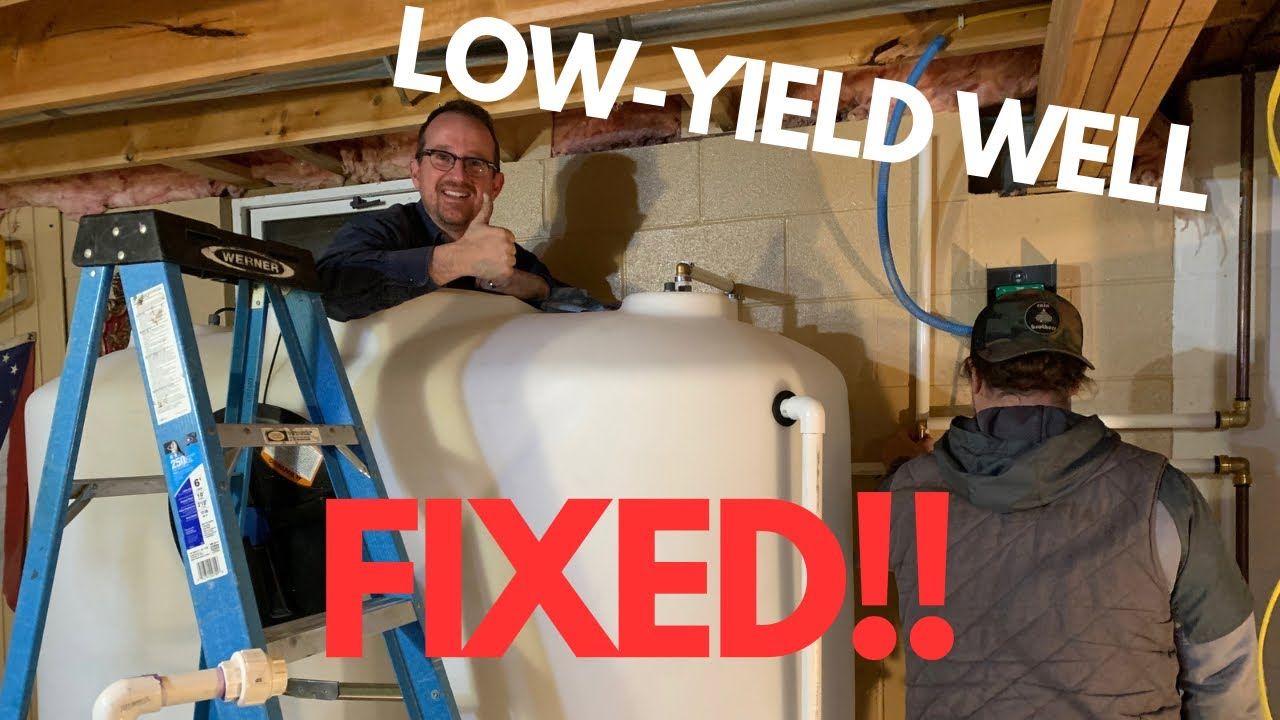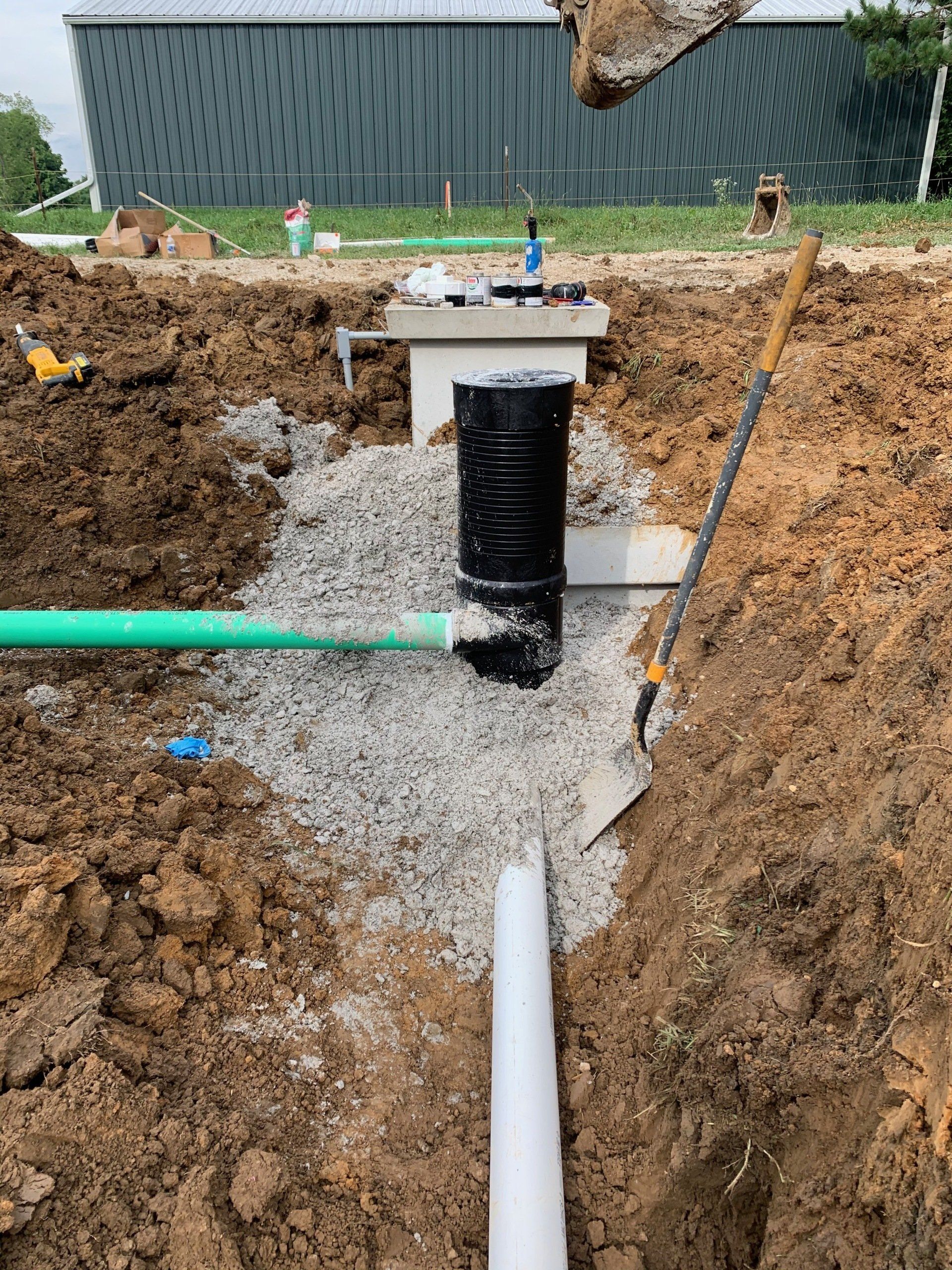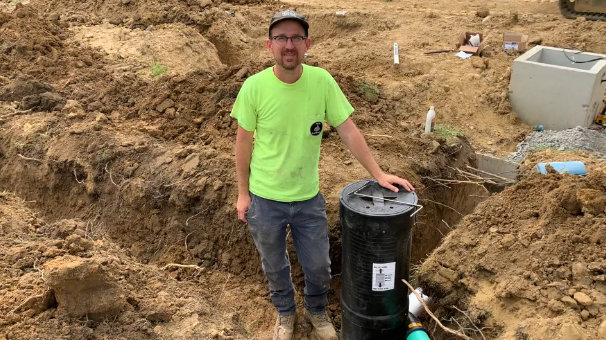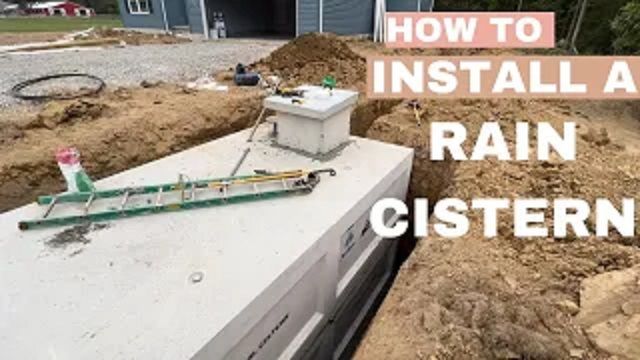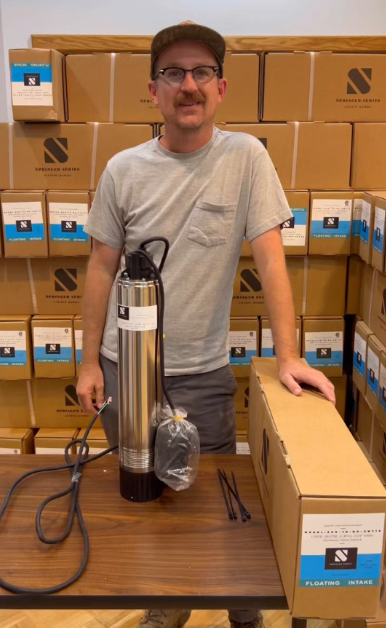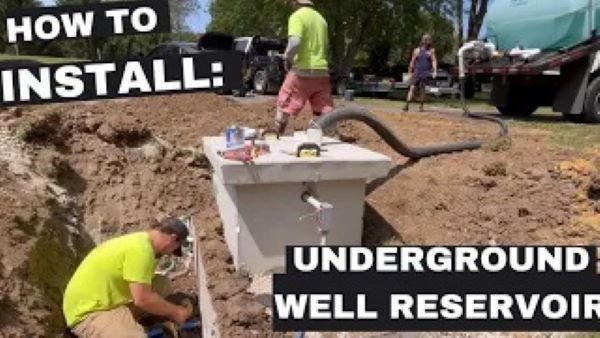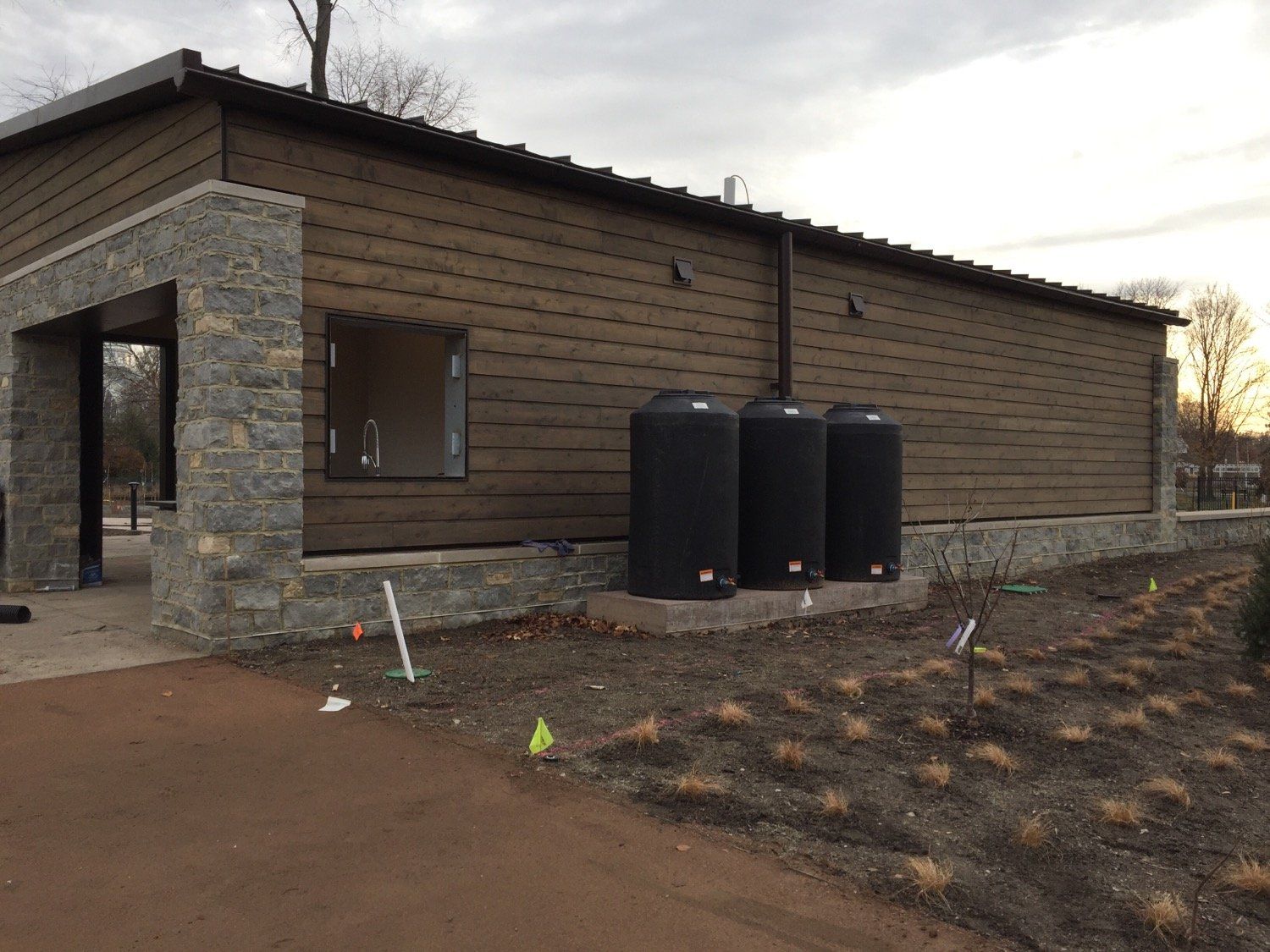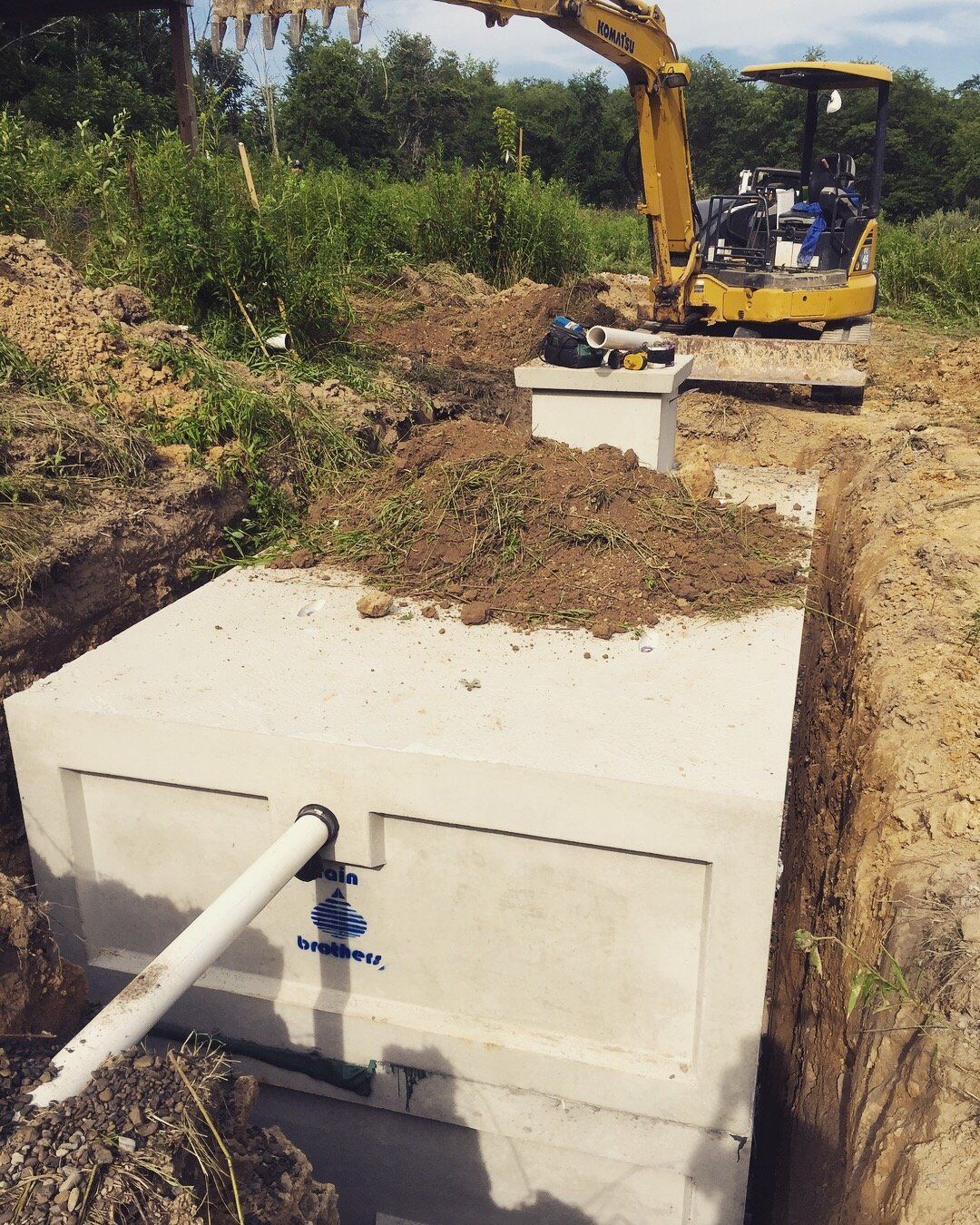How to determine your well pump's HP and voltage
Finding your pump's HP and voltage is easier than you think...
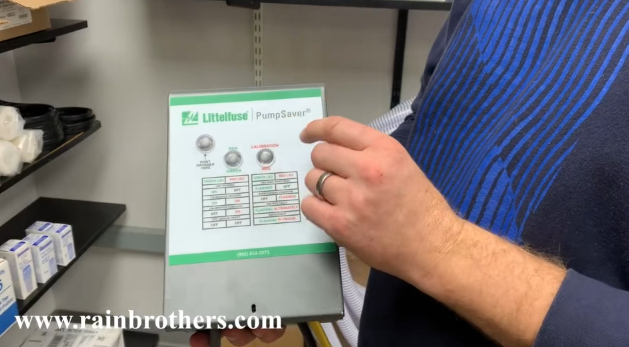
If you're thinking about getting our Reservoir Tank Kit for Low Producing Wells, you'll notice that we ask for both the voltage and the HP rating for your existing well pump. But what if you don't have that information?
It takes some detective work, but getting a range is actually easier than you think!
Determining Pump's Voltage
Figuring out the well pump's voltage is quite easy. To do this:
*Go to your main electric panel and find the breaker for your well pump. If the breaker takes up two slots in the panel, it is a 230V pump. If it only takes up one slot, it is 115V pump.
*It is important to note that 99% of well pumps are going to be 230V. Very rarely do we see 115V well pumps.
*If you are not comfortable identifying breakers, or if you do not know which breaker supplies power to your well pump (hey, it happens), then you can use a multi-meter and take the two leads to read the incoming voltage on your pressure switch. Here is a video showing how a pressure switch is wired.
Determining Pump's Horsepower
To figure out your pump's HP (horsepower), there's no sure-fire way to tell without pulling the pump, but we can sure take an educated guess at it:
*If your pump does NOT have a control box anywhere inside your home (this would be located close to your existing pressure tank or pump controls, and would look like this), then, good news, you can assume that your well pump is under 1.5 HP, and you can select that option on the Reservoir Tank System Package page. Pumps that do not need external control boxes are called "2-wire pumps."
*If your pump does have an external control box, then it will say "Control Box" on a sticker on the front, and it should list your well pump motor's HP rating. Pumps that do need external control boxes are called "3-wire pumps."
*If you're unsure of the above, then you can look at the amp rating of the breaker that supplies your well pump. While this isn't foolproof, it'll provide a good guess. Here's a chart of what the breaker size should be, based on the HP of the pump:
*115V, 1/2HP = 30 Amp single pole
*230V, 1/2HP = 15 Amp double pole
*230V, 3/4HP = 20 Amp double pole
*230V, 1HP = 25 Amp double pole
*230V, 1.5HP = 30 Amp double pole
*If your pump has an external control box, and the HP is not written on the box, then the breaker sizing for standard 4", 3-wire pumps is as follows:
*115V, 1/2HP = 30 Amp single pole
*230V, 1/2HP = 15 Amp single pole
*230V, 3/4HP = 20 Amp double pole
*230V, 1HP = 25 Amp double pole
*230V, 1.5HP = 30 Amp double pole
*230V, 2HP = 30 Amp double pole
*230V, 3HP = 40 Amp double pole
*230V, 5HP = 60 Amp double pole
It is important to note that not all installers follow these breaker sizing guidelines, so, again, this is just giving us an approximation.
Finally, if you really want to lock in and find out your pump's HP, then the very best thing to do is use a clamp meter and measure the amp draw on one of your pump's hot leads. With that information, you can use Franklin Electric's AIM Manual (page 52) to get a good approximation of your pump's HP based on the amp draw under load.

